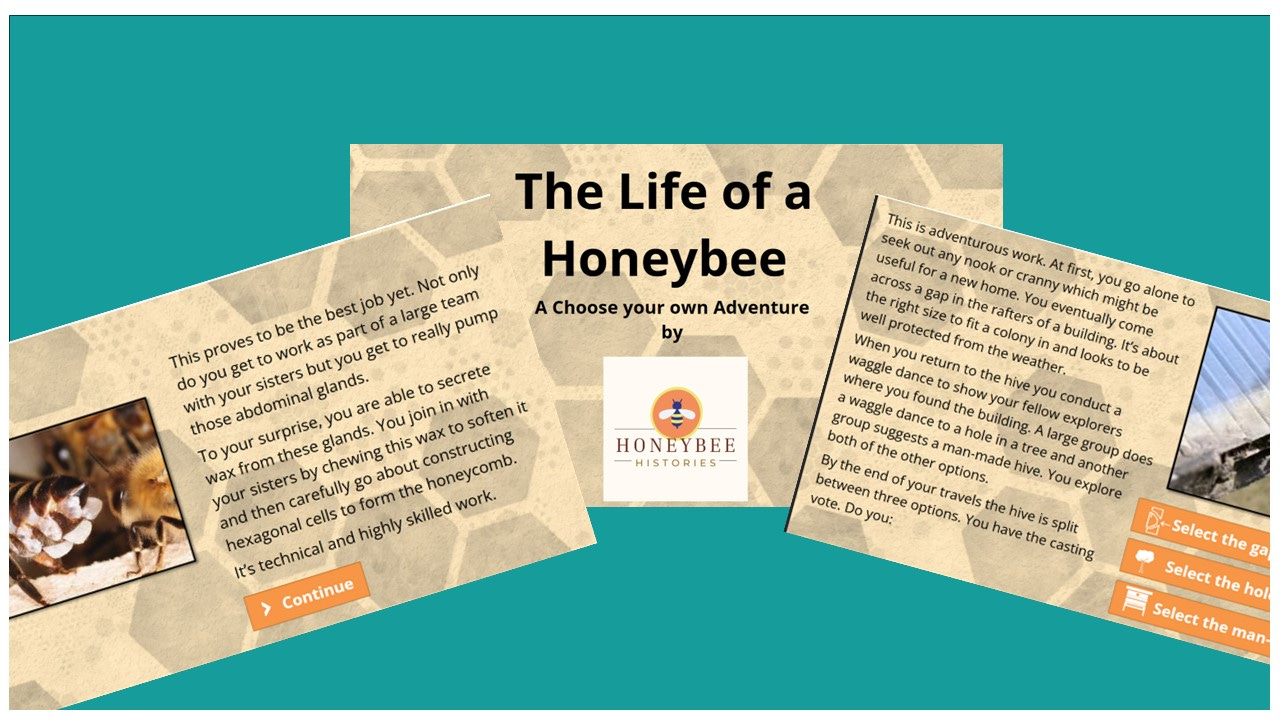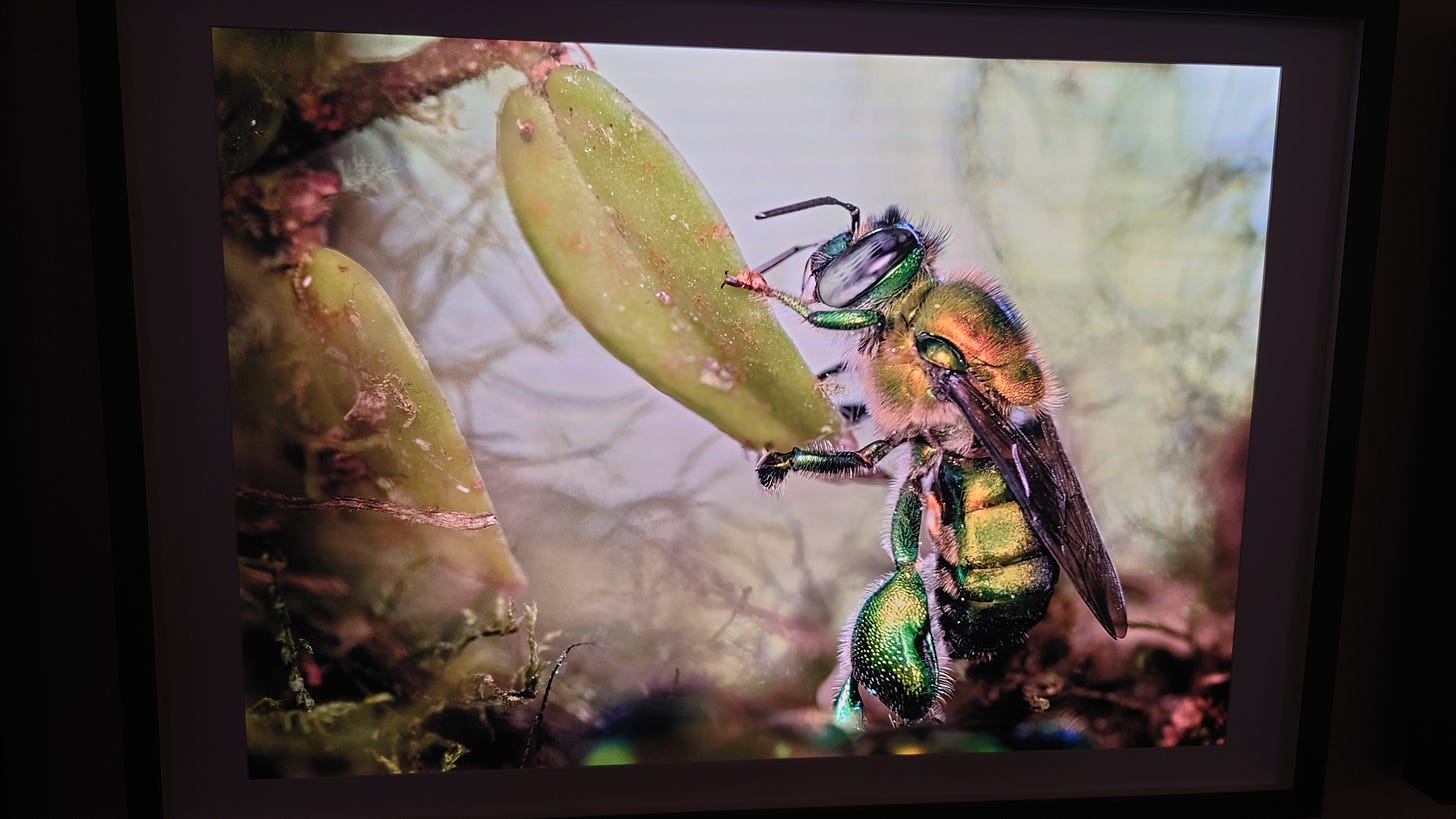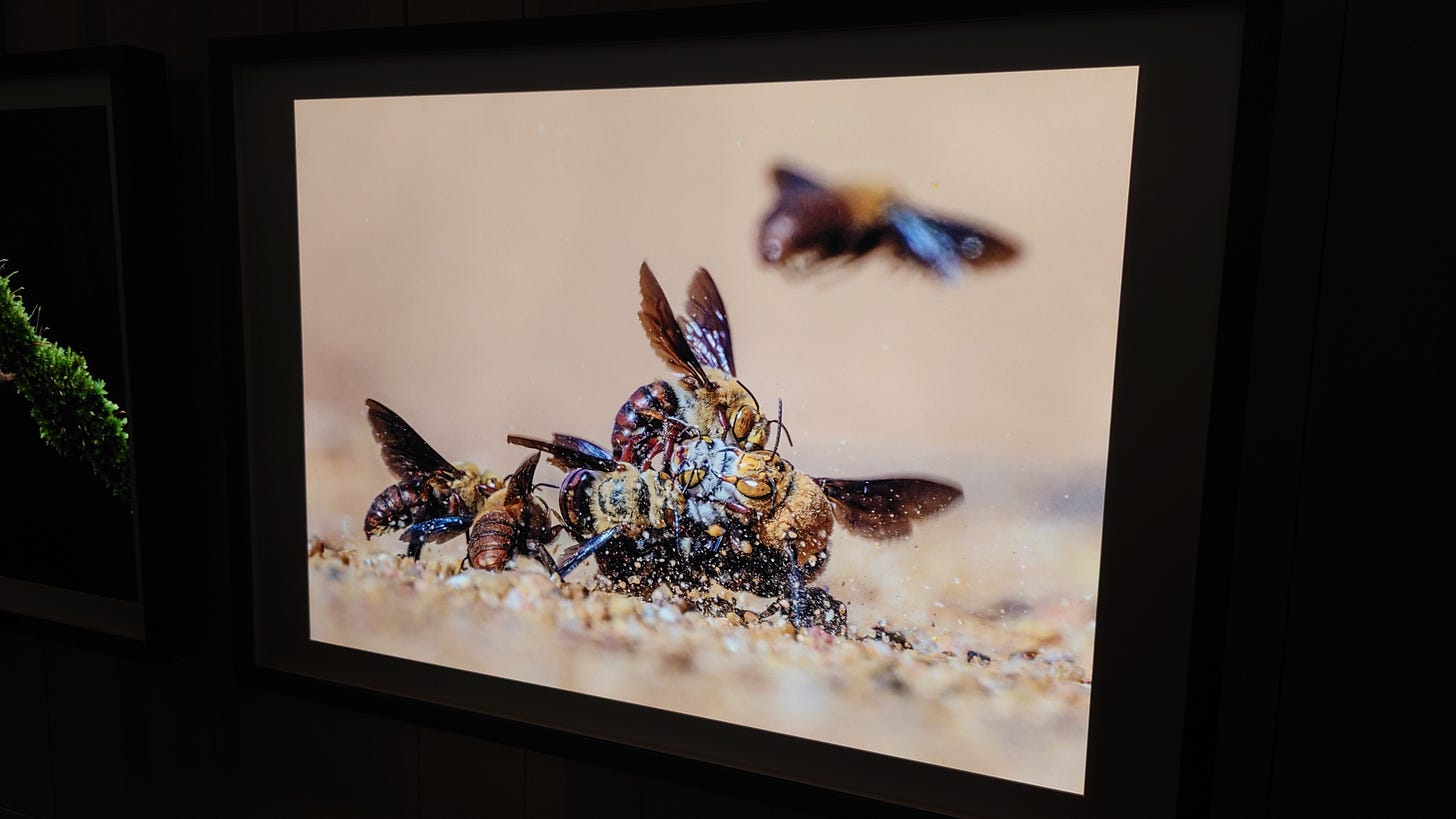World Bee Day 2025: A choose your own adventure!
Every 20th May is World Bee Day, when we celebrate bees of all species across the world. As such today's post comes out a few days early to celebrate World Bee Day with new bonus features!
Contents of this post:
Bonus PDF for paid subscribers [see below]
World Bee Day
Every year since 2017, the world has celebrated World Bee Day on 20 May; an initiative run through the UN following a proposal by Slovenia. The date of 20 May was chosen as this was the birthday of Anton Janša, a pioneer of beekeeping in Slovenia, who taught best practice and helped to establish schools of apiculture at a time when little training or support was available for budding beekeepers.
Every year, Honeybee Histories does something special for World Bee Day. In its first year I wrote an essay about Anton Janša, in the second an essay about the largest bee in the world the Magachile Bee (otherwise called Wallace Bee), and last year, an essay about the Euglossini Bee (which feeds off orchids).
In addition to these essays I have run a campaign on Twitter of 24 tweets describing historical facts about bees. With the demise of Twitter as a viable tool I thought I would do something different this year, by launching a new website to expand Honeybee Histories.
Launching a Honeybee Histories Website
The Honeybee Histories website is aimed to support this substack newsletter, by enabling me to offer various bonus extras. Substack, for instance, doesn’t offer any space for storing files or allow me to include interactive extras. To do this, I have created the site as a sub-site attached to my wider work in writing, education, and history.
A Choose your own Adventure
I’m extremely excited about the first bonus piece to find its home on the Honeybee Histories website. It’s an interactive ‘choose your own adventure’ game that I created using Articulate Storyline software. The idea of the game is to make choices for a freshly hatched worker bee and along the way learn something about the lifecycle of a honeybee. It’s just meant to be a bit of fun, but hopefully it’s educational as well.
I created this interactive game to be played online, and thought that it would be perfect as a World Bee Day bonus. Just click on the link below to go to the website and you’ll find it there. It’s free for you to play as many times as you like.
As an extra bonus, paid subscribers get an additional free PDF version of the game, which you can download (scroll down to the bottom of this post).
Bees in the Natural History Museum, London
Last month I visited the Natural History Museum in London with my family. At the moment they have an exhibition showcasing the entries from the 60th Wildlife Photographer of the Year, two of which shows scenes of wild bees.
The first, is a beautiful photograph of the Orchid Bee (which I talked about last year. This photograph was taken by Clay Bolt (USA) who has taken many images of tropical bees during his career. In this case, he had mere seconds to take the photograph as the male Orchid bee collected oils from the plant.
The second photograph was ‘highly commended’ by the judges and was taken by Georgina Steytler (Australia). At first view the photograph looks to be a deadly brawl with a predator but in reality it shows male Dawson’s burrowing bees fighting for access to a female.
To get the photograph, Georgina had to wait on the hot, rocky ground with sand blowing in her face until the bees appeared. The description explains that the female Dawson’s burrowing bee digs a new burrow which it fills with pollen, wax, nectar, and eggs after it has mated with the competing males.
Another exhibition that has recently opened at the Natural History museum is focused on the issue of climate change and ecological decline. Amongst, its exhibits is one focused on the wild bee species that have become extinct in the UK. These are listed as:
• Andrena floricola,
• Andrena lathyri
• Andrena nana
• Bombus cullumanus
• Bombus pomorum
• Bombus subterraneus
• Dufourea halictula
• Dufourea minuta
• Eucera nigrescens
• Halictus maculatus
• Halictus subauratus
• Hoplitis leucomelana
• Megachile ericetorum
• Melecta luctuosa
• Hylaeus pectoralis
The display talks about how ironic it is that bees are essential for pollinating the crops that we grow and yet the use of chemical pesticides combined with expanding farmland, is rapidly leading to the decline of bees worldwide. It states that ‘Bees rely on the health of whole ecosystems’ and how protecting any single species of bee is impossible without considering and working to protect, entire ecosystems!










